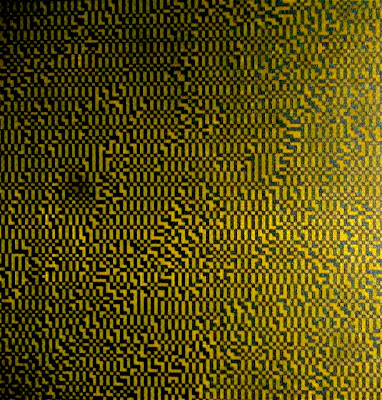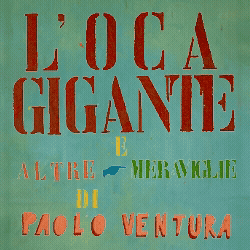a cura di Stefano Raimondi e Mauro Zanchi
Basilica Santa Maria Maggiore, Bergamo
***
The unity makes strength, is what also Alis / Filliol (Andrea Respino, 1976 – David Gennaro, 1979) must have thought, the choice of which to work in pairs is typical of a production in which the works are always the result of the confrontation and clash between two individuals. The large sculpture created within this context brings together and combines different techniques and processes of work, already met in works such as Fusioni a neve persa, Alieno and Ritratti di fantasma. The result is a different “body”, a totem seemingly alive and at the same time primitive and futuristic. This hybrid and liquid figure seems like it is constantly changing its appearance, adapting and expanding and, naturally, bringing to mind the vast tradition of sci-fi films and literature.
This aspect refers to a form that is more alien than human, unreal, free and at the same time full of social, anthropological and cultural connotations. The visitor is invited to project her or his own inner and unconscious world at the sculpture. Navid Nuur (Tehran, 1976) has instead decided to develop the work or rather his intermodules, a term that critically defies the standard categories of painting, sculpture, installation and performance, in which light, broken down, absorbed or reflected has a predominant role. These works are characterized as “models of thought.” The artist in fact, uses concepts that relate to a temporary and intermediate state, which situate the work between the visitor and a phenomenon often abstract such as the light, the energy, the air or the abandoned spaces. Crossing the narrow hallway that leads to the second space and a spacious room, in which natural light is totally absent. The reflective sheet absorbs and projects the light of a projector, the light particles crashing on the broken windshield that fuses the optical spectrum, are reflected in the dark space and upon the passing spectators who follow the cycle of illumination. A neon, which seems to have come out of David Lynch’s film, warns us by switching on and off; “Here and There”.
Text by Stefano Raimondi / Mauro Zanchi
Ogni cosa a suo tempo (Everything in its time): Navid Nuur | Alis / Filliol curated by Stefano Raimondi and Mauro Zanchi
Basilica Santa Maria Maggiore, Bergamo

















